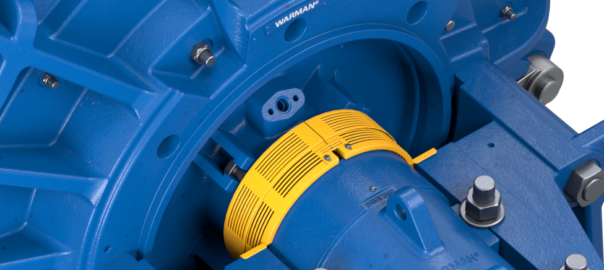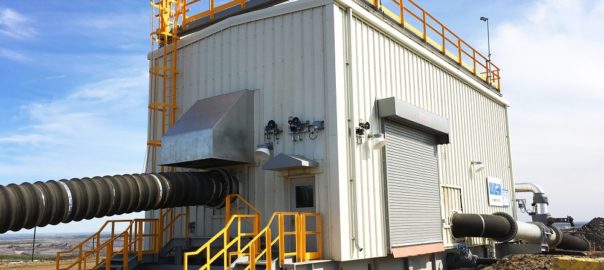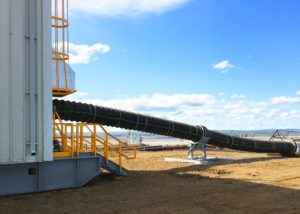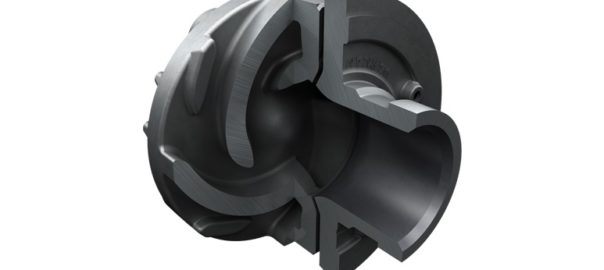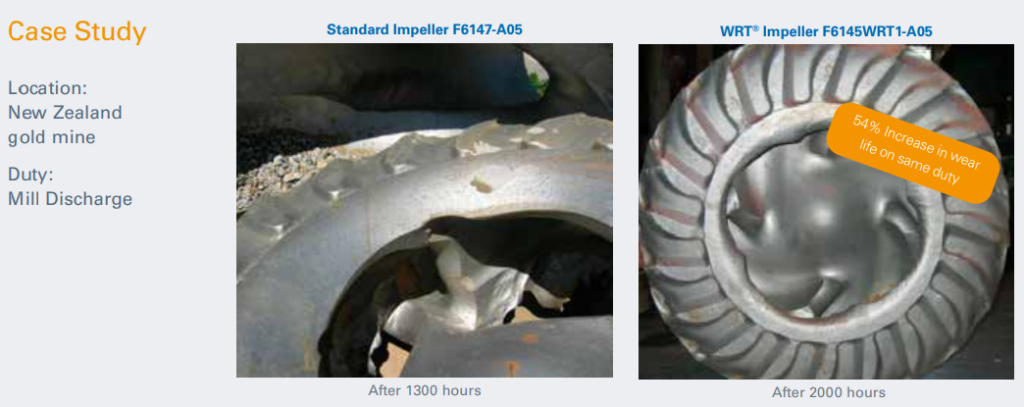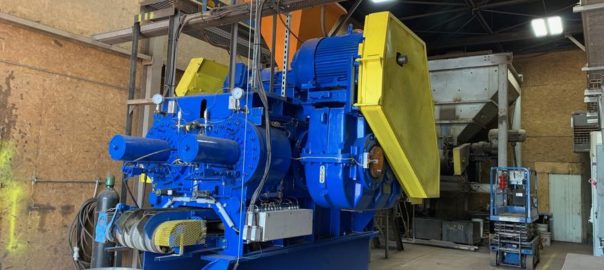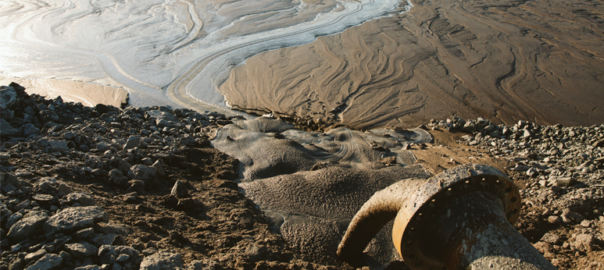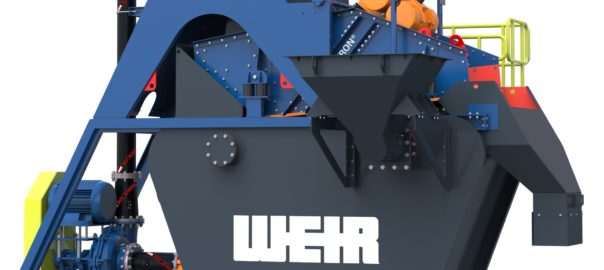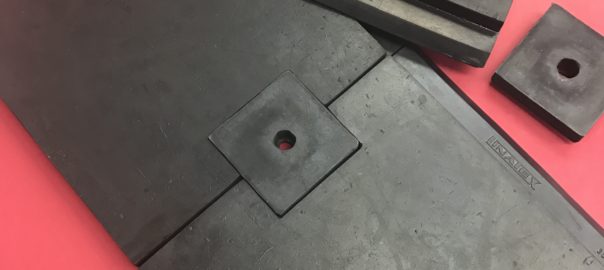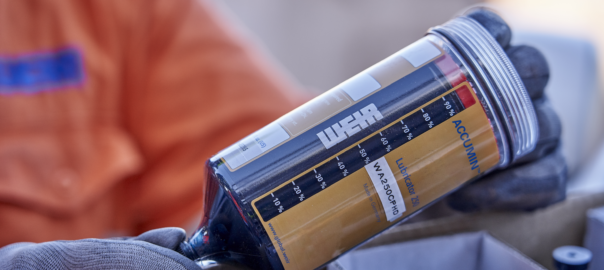Weir Minerals has announced the global release of its new telescopic gland seal guards to further protect maintenance personnel performing gland seal adjustments on its Warman® slurry pump range.
The guards never need to be removed to adjust the gland seal followers, making this routine task far safer, according to the company. The telescopic design, which can be retrofitted into existing Warman pumps without disassembly, ensures secure fitment no matter how the pump is set up.
Marcus Lane, Global Product Manager, Centrifugal Pumps, said: “At Weir Minerals, we always put the safety of our customers and employees first. That’s why I’m proud to announce these innovative gland seal guards, which provide miners with an elegant solution to a long-standing safety concern – how to safely adjust the gland seal of a slurry pump while it’s operating.”
The guards, which comply with global standards including ISO 14120, ISO 13857, AS4024.1601 and AS4024.1801, are available for most Warman pumps including MCR, WBH and AH, with additional designs engineered upon request, Weir said. Manufactured from stainless steel to prevent corrosion, they are painted golden yellow to be quickly identifiable as a safety feature.
Slurry pump operators often need to adjust glands while the pump is in operation. Historically this meant removing the guard and exposing personnel to rotating parts.
“The new guards never need to be removed during pump operation and address a number of safety concerns our service teams frequently observe on site, such as the possibility for the rotating elements to forcefully eject the tool being used to adjust the gland follower,” Lane said. “Another common concern is the tendency for operators to lay cloth over the seal area during adjustment to block the water spray. These fabrics can become entangled around the rotating shaft whilst also ensnaring the tool, fingers, hand or arm of the maintenance personnel.”
He added: “Warman telescopic gland seal guards fully protect maintenance personnel from potentially dangerous situations arising from an exposed shaft.”







